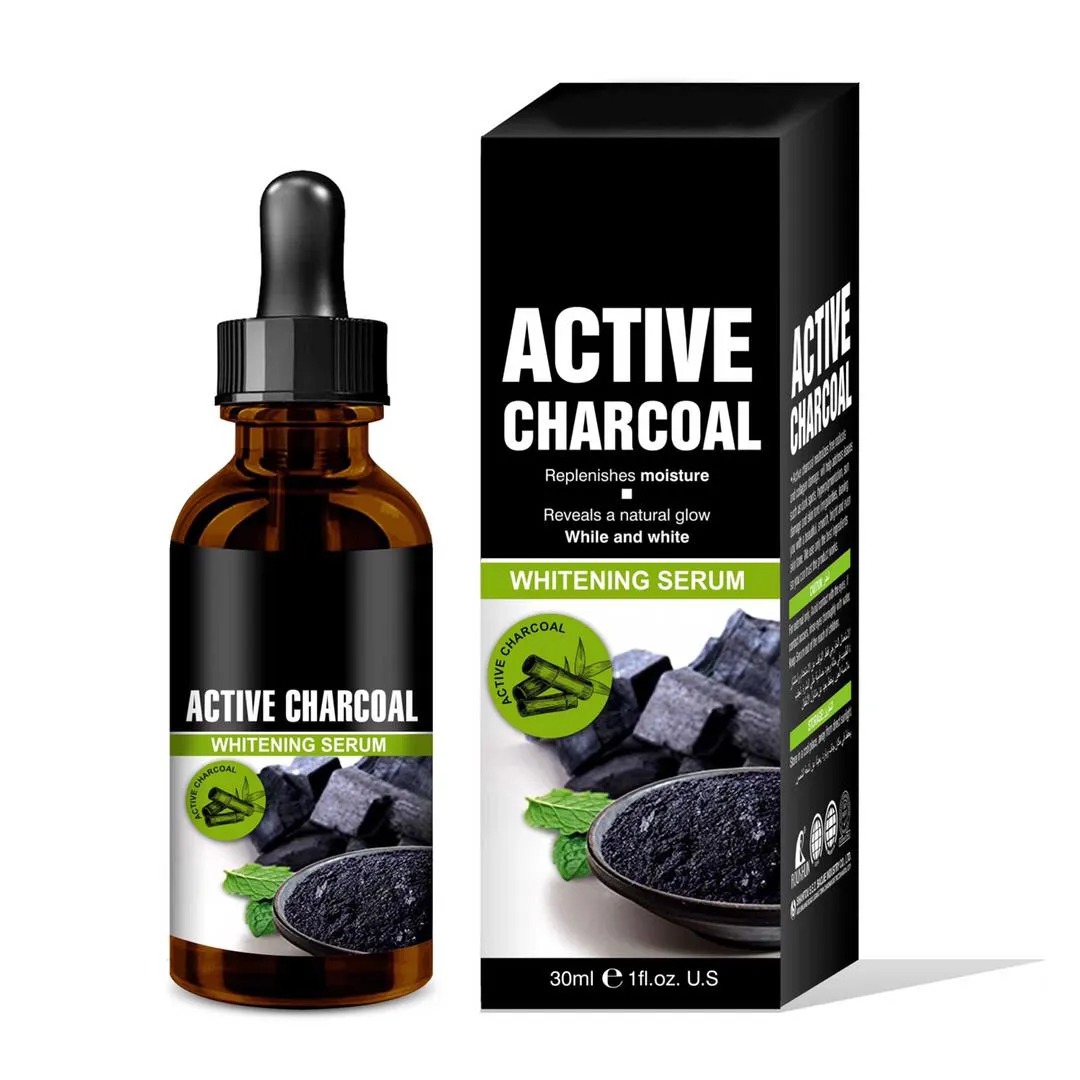What is Charcoal and How Does It Work
Charcoal, in the context of skincare, primarily refers to activated charcoal. This is a form of carbon that has been processed to increase its porosity, giving it a remarkable ability to absorb impurities. Unlike the charcoal used for grilling, activated charcoal is made from a variety of sources like coconut shells, wood, or bamboo. The activation process involves heating the carbon source in the presence of a gas, which creates millions of tiny pores within the charcoal. These pores significantly increase the surface area, allowing activated charcoal to trap toxins, chemicals, and other unwanted substances.
This absorbent property is what makes activated charcoal a popular ingredient in skincare products. It works by attracting and binding to impurities on the skin’s surface, effectively drawing them out. When applied to the skin, activated charcoal acts like a magnet, pulling out dirt, oil, and other debris that can clog pores and lead to various skin issues. This makes it a versatile ingredient suitable for various skin types, though it is important to use it with caution and as directed to avoid potential side effects.
The Whitening Properties of Charcoal
The concept of charcoal for skin whitening isn’t about bleaching the skin. Instead, activated charcoal works by removing the factors that contribute to a darker or uneven skin tone. These factors include excess oil, dead skin cells, and environmental pollutants, all of which can dull the complexion and make the skin appear less bright. By eliminating these impurities, charcoal helps to reveal the fresh, radiant skin underneath. This can result in a more even skin tone and a brighter appearance.
Furthermore, activated charcoal has the potential to help reduce the appearance of hyperpigmentation, which is a common cause of uneven skin tone. Hyperpigmentation can result from sun damage, acne scars, and other factors. By removing the surface-level impurities and promoting exfoliation, charcoal can contribute to a more balanced skin tone over time. However, it is important to manage expectations, as the effects of charcoal on skin whitening can vary depending on the individual and the severity of the skin condition. Consistent use, along with other skincare practices, is often necessary to achieve noticeable results.
Benefits of Charcoal for Skin Whitening
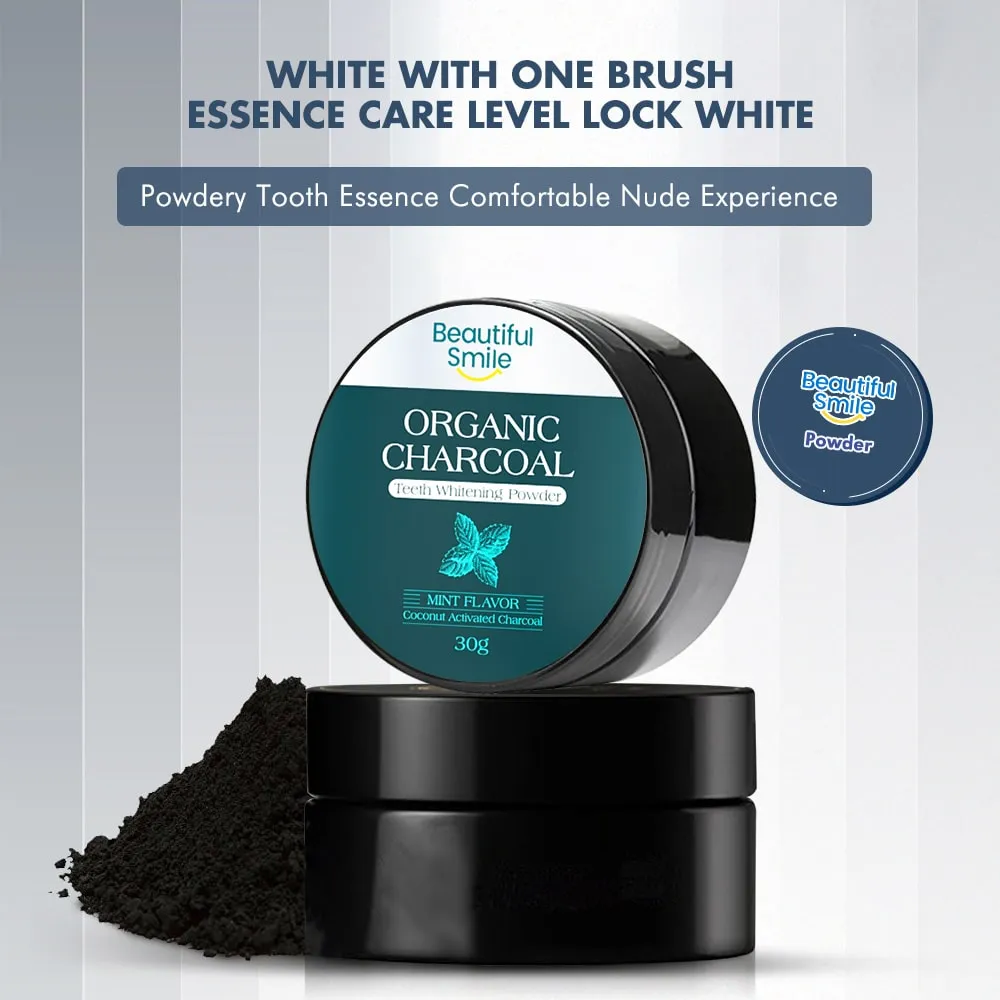
The benefits of using charcoal for skin whitening extend beyond just improving skin tone. The primary advantage is its ability to deeply cleanse the skin. Activated charcoal effectively absorbs excess oil and impurities, which are common causes of dullness and uneven skin tone. By removing these impurities, charcoal helps to reveal a brighter complexion. It also aids in exfoliating the skin, removing dead skin cells that can make the skin look lackluster. This exfoliation process promotes cell turnover, leading to fresher and more radiant skin.
Moreover, charcoal is known for its ability to help reduce acne. By drawing out impurities and excess oil, it helps to unclog pores, which can prevent the formation of acne. For individuals with acne scars or hyperpigmentation, charcoal can contribute to a more even skin tone by gently exfoliating the affected areas. Another key benefit is its ability to detoxify the skin. It removes pollutants and toxins that can accumulate on the skin from environmental factors. This detoxification process can contribute to overall skin health and a brighter appearance. However, it is important to use charcoal-based products correctly and in moderation to avoid potential side effects.
Exfoliation for Brighter Skin
Exfoliation is a crucial aspect of skin whitening, and activated charcoal provides excellent exfoliating properties. It gently removes dead skin cells, dirt, and impurities from the skin’s surface. This removal of the top layer of dead cells reveals fresher, brighter skin underneath. Regular exfoliation with charcoal can lead to a more even skin tone and improved skin texture. Furthermore, the process helps to unclog pores, preventing blackheads and acne.
The exfoliating action of charcoal also enhances the effectiveness of other skincare products. By removing the barrier of dead skin cells, charcoal allows other active ingredients to penetrate the skin more effectively. This means that serums, moisturizers, and other treatments can work better and deliver more significant results. When incorporating charcoal into your skincare routine, it’s important to use it gently to avoid irritation. Start with a low concentration and gradually increase frequency as your skin tolerates it. Combining charcoal exfoliation with other skincare practices can further enhance the benefits.
Detoxification for Radiant Skin
The skin is constantly exposed to environmental pollutants, toxins, and other harmful substances. These elements can accumulate on the skin’s surface, leading to dullness, uneven skin tone, and other skin issues. Activated charcoal acts as a detoxifying agent by drawing out these impurities. It binds to pollutants and toxins, effectively removing them from the skin. This cleansing action helps to purify the skin, promoting a healthier and more radiant complexion.
By detoxifying the skin, charcoal can also help to reduce inflammation and redness. This can be particularly beneficial for individuals with sensitive skin or those prone to breakouts. The removal of impurities allows the skin to function more optimally, leading to a brighter, more even skin tone. Integrating charcoal into your skincare routine can be a valuable step in detoxifying your skin and achieving a healthier, more radiant appearance. However, it is important to monitor your skin’s response and use charcoal products appropriately to prevent any adverse effects.
Reducing Hyperpigmentation with Charcoal
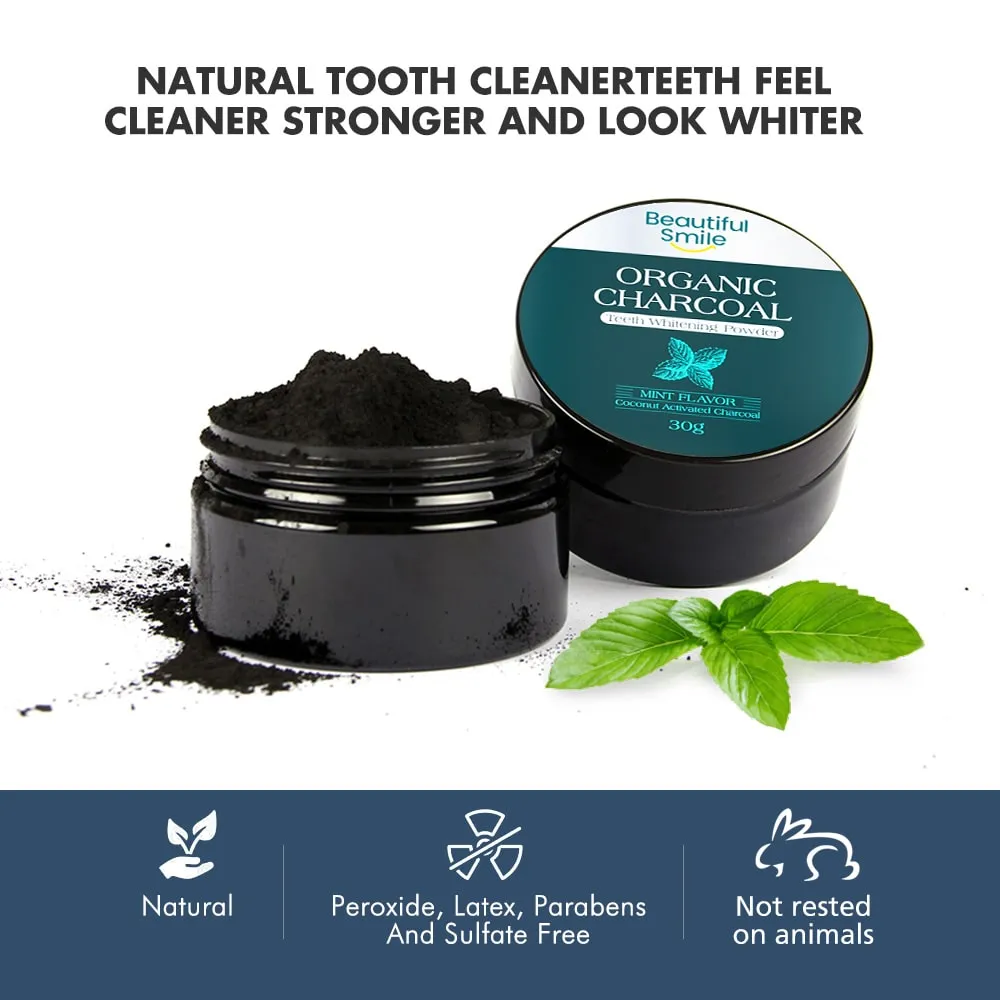
Hyperpigmentation, characterized by dark spots or uneven skin tone, can be caused by sun damage, acne scars, and other factors. Charcoal’s exfoliating properties can help to reduce the appearance of hyperpigmentation over time. By removing the top layer of dead skin cells, charcoal helps to gradually fade dark spots and promote a more even skin tone. The gentle exfoliation process encourages cell turnover, allowing newer, less pigmented skin cells to come to the surface. This can lead to a gradual improvement in the appearance of hyperpigmentation.
While charcoal is not a direct treatment for hyperpigmentation, its ability to exfoliate and cleanse the skin makes it a beneficial addition to a skincare routine aimed at addressing this issue. When using charcoal for hyperpigmentation, consistency and patience are key. Results may not be immediate, and combining charcoal with other treatments, such as vitamin C serums or retinoids, can enhance the effectiveness. Moreover, protecting the skin from further sun damage is crucial. Regularly using sunscreen is essential to prevent the recurrence of hyperpigmentation.
Charcoal and Acne Scar Treatment
Acne scars can leave behind various types of marks, including dark spots and uneven texture. Charcoal’s exfoliating properties can contribute to reducing the appearance of acne scars. By removing the dead skin cells and promoting cell turnover, charcoal helps to gradually fade the dark spots associated with post-acne hyperpigmentation. Regular use of charcoal can lead to a more even skin tone over time, reducing the visibility of these scars. It is also helpful in addressing the uneven texture of the skin, making it smoother.
Although charcoal may not completely eliminate acne scars, it can significantly improve their appearance. For more severe scarring, it is often combined with other treatments, such as chemical peels, microdermabrasion, or laser therapy. Additionally, it’s essential to prevent new acne breakouts. Charcoal’s ability to cleanse and unclog pores can help with this. It is important to remember that consistency is key when using charcoal for acne scar treatment, and results will vary based on the type and severity of the scarring.
How to Use Charcoal for Skin Whitening
Incorporating charcoal into your skincare routine can be done through various products. Charcoal face masks are a popular choice, as they are designed to draw out impurities and cleanse the skin. Apply a thin layer of the mask to your face, avoiding the eye and lip areas, and leave it on for the recommended time before rinsing with lukewarm water. Charcoal cleansers can be used daily to wash away dirt, oil, and impurities. Gently massage the cleanser onto your face and rinse thoroughly.
Charcoal scrubs offer additional exfoliation, helping to remove dead skin cells. Use a scrub 1–2 times per week, gently massaging it onto your skin in circular motions. Be careful not to scrub too harshly to avoid irritation. When using any charcoal product, start with a low concentration and gradually increase the frequency as your skin adapts. Always follow the product instructions and discontinue use if you experience any adverse reactions. Pairing charcoal products with other skincare steps, like moisturizing and using sunscreen, can further enhance your results.
Charcoal Face Masks
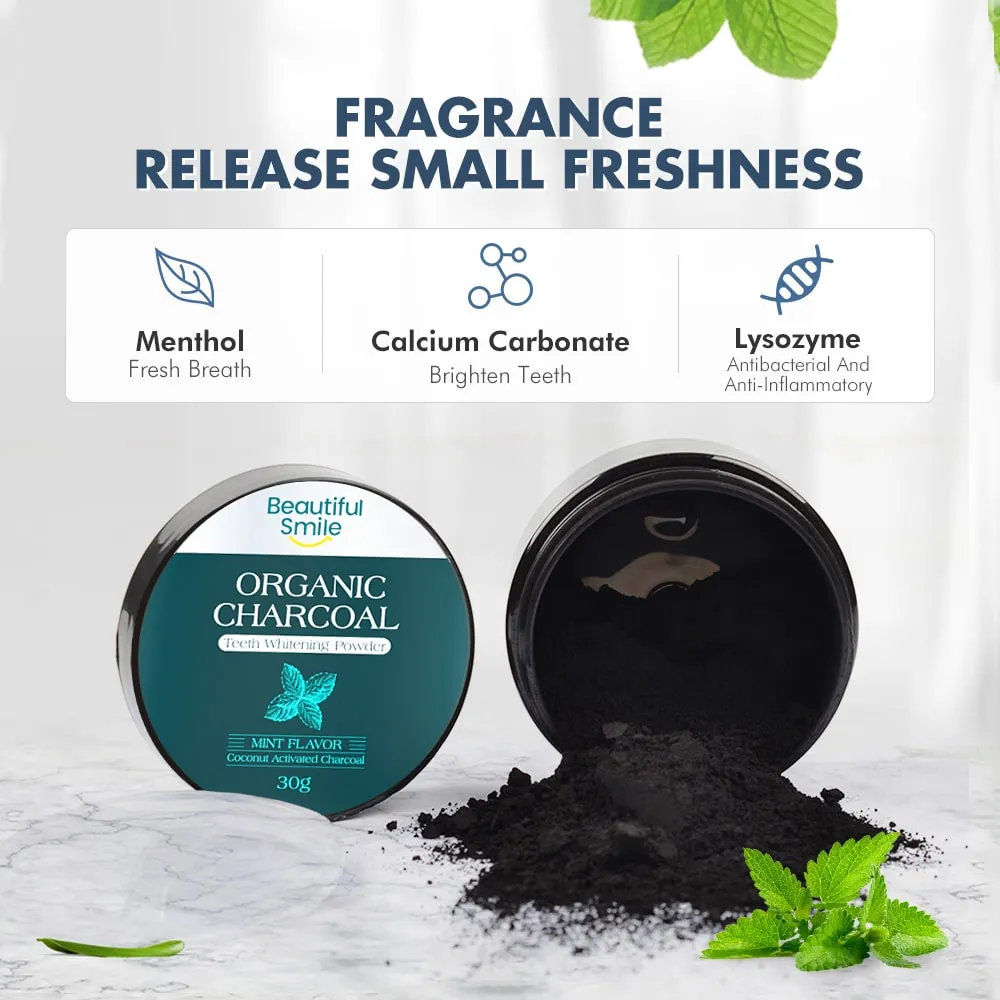
Charcoal face masks are one of the most common ways to use charcoal for skin whitening and overall skincare benefits. These masks are typically designed to draw out impurities from the skin. The activated charcoal in the mask binds to dirt, oil, and other pollutants, effectively cleansing the pores. Applying a charcoal face mask is usually straightforward. First, cleanse your face to remove any makeup or surface dirt. Then, apply a thin, even layer of the mask to your face, avoiding the delicate eye and lip areas.
Let the mask sit for the recommended time, usually 10–15 minutes, or as directed on the product packaging. During this time, the charcoal works to absorb impurities. As the mask dries, you may feel a tightening sensation. Once the time is up, rinse the mask thoroughly with lukewarm water, gently massaging your face to help remove the mask completely. Follow up with your regular skincare routine, including toner, serum, and moisturizer. Using a charcoal face mask 1–3 times a week can help to purify the skin, leaving it feeling cleaner, brighter, and smoother.
Charcoal Scrubs and Cleansers
Charcoal cleansers and scrubs provide different methods of using charcoal for skin benefits. Charcoal cleansers are designed for daily use and act as a gentle way to remove dirt, oil, and impurities from the skin. They typically contain a lower concentration of charcoal compared to masks, making them suitable for everyday cleansing. To use a charcoal cleanser, wet your face, apply a small amount of the cleanser, and massage it gently onto your skin in circular motions. Rinse thoroughly with lukewarm water. Follow with your usual skincare routine.
Charcoal scrubs offer an exfoliating effect, helping to remove dead skin cells and improve skin texture. These scrubs usually contain small particles, such as sugar or salt, to help exfoliate the skin physically. When using a charcoal scrub, gently massage it onto your damp skin in circular motions. Be careful not to scrub too harshly, as this can cause irritation. Rinse the scrub thoroughly with lukewarm water and follow up with your skincare routine, including moisturizer. Using a charcoal scrub 1–2 times per week can help to reveal brighter, smoother skin.
Tips for Maximizing Charcoal Whitening Results
To get the best results from using charcoal for skin whitening, consider these tips. Firstly, always perform a patch test before applying any new charcoal product to your entire face. This is important, particularly if you have sensitive skin, to check for any allergic reactions or irritations. Apply a small amount of the product to a small area of skin, such as your inner arm or behind your ear, and wait 24 hours to see if any adverse effects occur. If there is no reaction, you can safely use the product on your face.
Secondly, be consistent with your skincare routine. Using charcoal products regularly, as directed, is essential for achieving noticeable results. The frequency of use will depend on the specific product and your skin type. Thirdly, combine charcoal with other effective skincare practices. This includes using a gentle cleanser, a good moisturizer, and, most importantly, sunscreen. Sunscreen is crucial to prevent further damage and hyperpigmentation. Finally, listen to your skin. If you experience any irritation, redness, or discomfort, discontinue the use of charcoal and consult a dermatologist.
Choosing the Right Charcoal Product
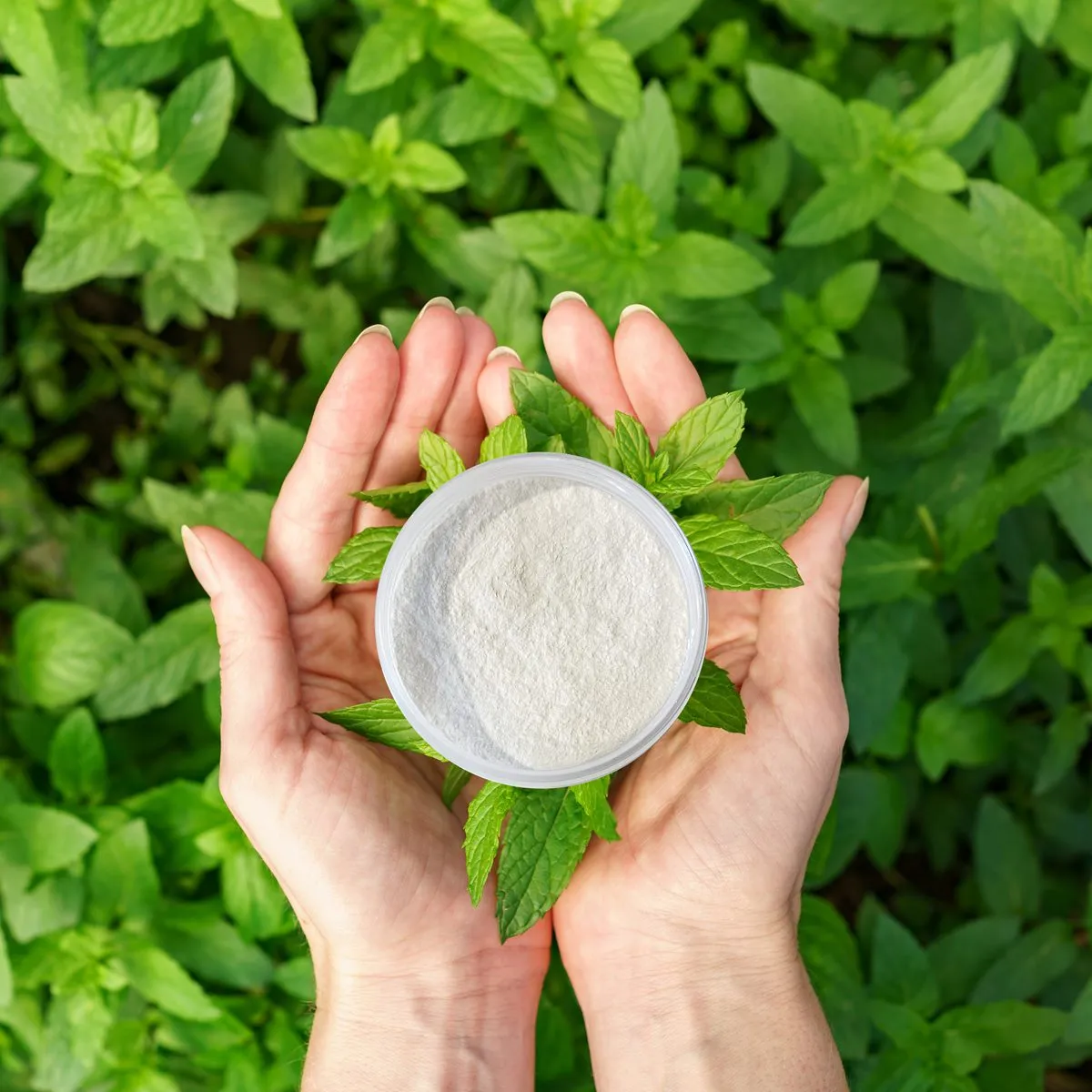
When choosing a charcoal product for skin whitening, several factors should be considered. First, identify your skin type to select products that are best suited for your needs. If you have oily or acne-prone skin, you may benefit from a charcoal mask or cleanser with a higher concentration of charcoal. If you have sensitive skin, look for products with a lower concentration of charcoal or those formulated for sensitive skin. Always read the product labels carefully and look for products that are free of harsh chemicals, parabens, and sulfates, as these can potentially irritate your skin.
Consider the form of charcoal used in the product. Activated charcoal derived from natural sources, like coconut shells or bamboo, is generally preferred due to its purity and effectiveness. Also, assess the other ingredients in the product. Look for products that contain additional beneficial ingredients, such as aloe vera or hyaluronic acid, to moisturize and soothe the skin. Finally, choose products from reputable brands that are known for quality and safety. Reading reviews and consulting with a dermatologist can also help you choose the right charcoal product for your skin.
Consistency is Key for Best Results
Consistency is a crucial factor in achieving the best results when using charcoal for skin whitening. The effects of charcoal on the skin do not happen overnight; regular use is essential to see noticeable improvements. When you start using charcoal products, it is important to follow the recommended usage instructions and be patient. The timeframe for seeing results will vary based on individual skin types, the specific product being used, and the skin concerns you are addressing.
Incorporating charcoal into your daily or weekly skincare routine and sticking to it is critical. Do not expect immediate changes. Give the product time to work and allow your skin to adjust. Typically, you may start to see some effects, such as a brighter complexion, within a few weeks of consistent use. For addressing more complex skin issues like hyperpigmentation or acne scars, it may take several weeks or months to see significant improvements. Always remember to combine charcoal with other effective skincare practices, such as cleansing, moisturizing, and using sunscreen, to get the most out of your skincare routine.
Potential Side Effects and Precautions
While charcoal is generally safe for use in skincare, it is important to be aware of potential side effects and take necessary precautions. One common side effect is dryness, as charcoal can absorb moisture from the skin. To mitigate this, ensure you use a hydrating moisturizer after using charcoal products. Some individuals, particularly those with sensitive skin, may experience irritation, redness, or itching. If you experience any adverse reactions, stop using the product immediately and consult a dermatologist.
Furthermore, it is essential to avoid getting charcoal products into your eyes, as this can cause irritation. Rinse thoroughly with water if contact occurs. Before using any new charcoal product, always perform a patch test to check for any allergic reactions. If you are pregnant or breastfeeding, it is advisable to consult your doctor before using charcoal products. It is also important to remember that charcoal products may not be suitable for everyone, and results can vary. It is always best to listen to your skin and discontinue use if it does not respond positively.
When to Consult a Dermatologist
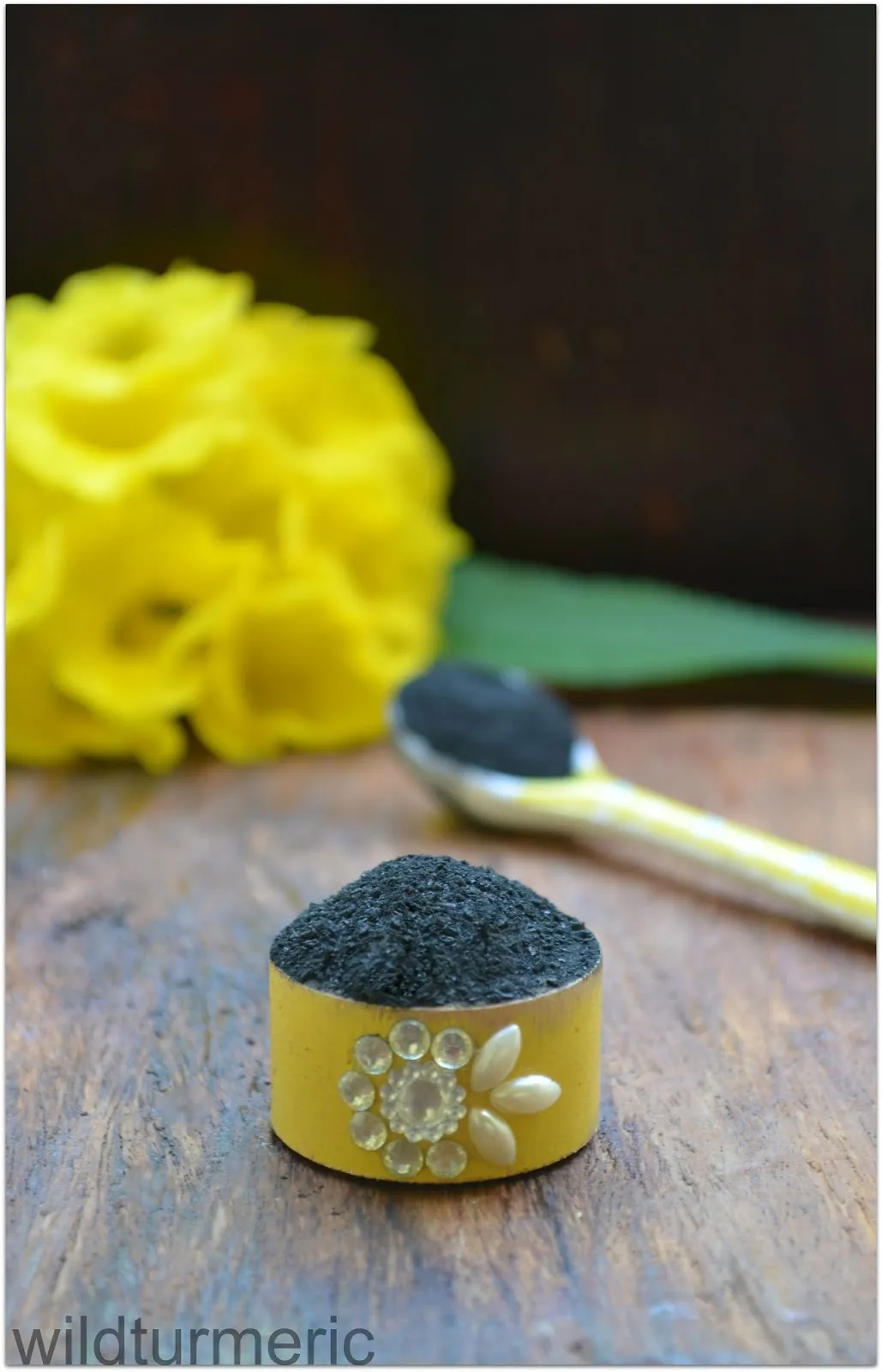
While charcoal can be beneficial for skincare, it is important to know when to consult a dermatologist. If you experience persistent skin irritation, redness, itching, or any other adverse reactions after using charcoal products, discontinue use immediately and seek professional advice. A dermatologist can assess your skin condition and determine if the reaction is due to the charcoal itself or another underlying issue. Moreover, if you have a pre-existing skin condition, such as eczema or rosacea, it is advisable to consult a dermatologist before incorporating charcoal into your routine.
If you are unsure about using charcoal or have any concerns about its suitability for your skin type, consulting a dermatologist is always a good idea. A dermatologist can offer personalized recommendations and guide you on how to incorporate charcoal safely into your skincare routine. If you are using charcoal to treat acne, dark spots, or other specific skin issues, and you do not see any improvement after several weeks of consistent use, it’s time to consult a dermatologist. They can evaluate your skin condition and suggest alternative or supplementary treatments that may be more effective for your specific needs.
Charcoal vs. Other Skin Whitening Methods
Charcoal provides a natural approach to skin whitening. Unlike some methods, such as bleaching agents, charcoal is gentle and works by removing impurities and dead skin cells. This makes it suitable for various skin types and reduces the risk of harsh side effects. However, its effectiveness can be slower compared to other methods, and the results may vary. Charcoal is most effective when combined with other skincare practices. Another common method is the use of chemical exfoliants, such as AHAs and BHAs. These acids remove dead skin cells, promoting cell turnover and improving skin tone. They can deliver faster results than charcoal but may cause irritation for some individuals.
Other options include topical creams containing ingredients like hydroquinone or retinoids. These treatments are often more potent and can provide faster whitening effects but can also have stronger side effects and require a dermatologist’s supervision. Laser treatments and microdermabrasion are also used to address hyperpigmentation and uneven skin tone. These are more invasive procedures that can provide significant results but involve costs and downtime. The best skin whitening method depends on the individual’s skin type, concerns, and tolerance. It’s important to consider the potential benefits and risks of each option and to consult with a dermatologist to find the best approach.
The Effectiveness of Charcoal Compared
Compared to other skin whitening methods, charcoal offers a more natural and gentle approach. Its primary action is to cleanse and exfoliate, which can lead to a brighter complexion and even skin tone over time. However, the effectiveness of charcoal often depends on the specific skin concerns, such as the severity of acne scars or hyperpigmentation. For some, charcoal might provide subtle improvements. For others, the results might not be as dramatic. It’s crucial to manage expectations, understanding that charcoal is not a quick fix. Regular, consistent use is key to seeing any results.
In comparison to chemical exfoliants, charcoal is often less irritating. Chemical exfoliants can deliver faster results but may cause redness or sensitivity for some. Compared to more aggressive treatments like laser therapy, charcoal is non-invasive and has a lower risk of side effects. However, it may not be as effective for deep-seated issues. Charcoal is generally safe for various skin types, but results can vary. The effectiveness also depends on the quality of the product and whether it is used correctly. It’s often most effective when combined with other skincare practices and used as part of a comprehensive skincare routine. Consulting with a dermatologist is advisable for a tailored approach.
Integrating Charcoal into Your Skincare Routine
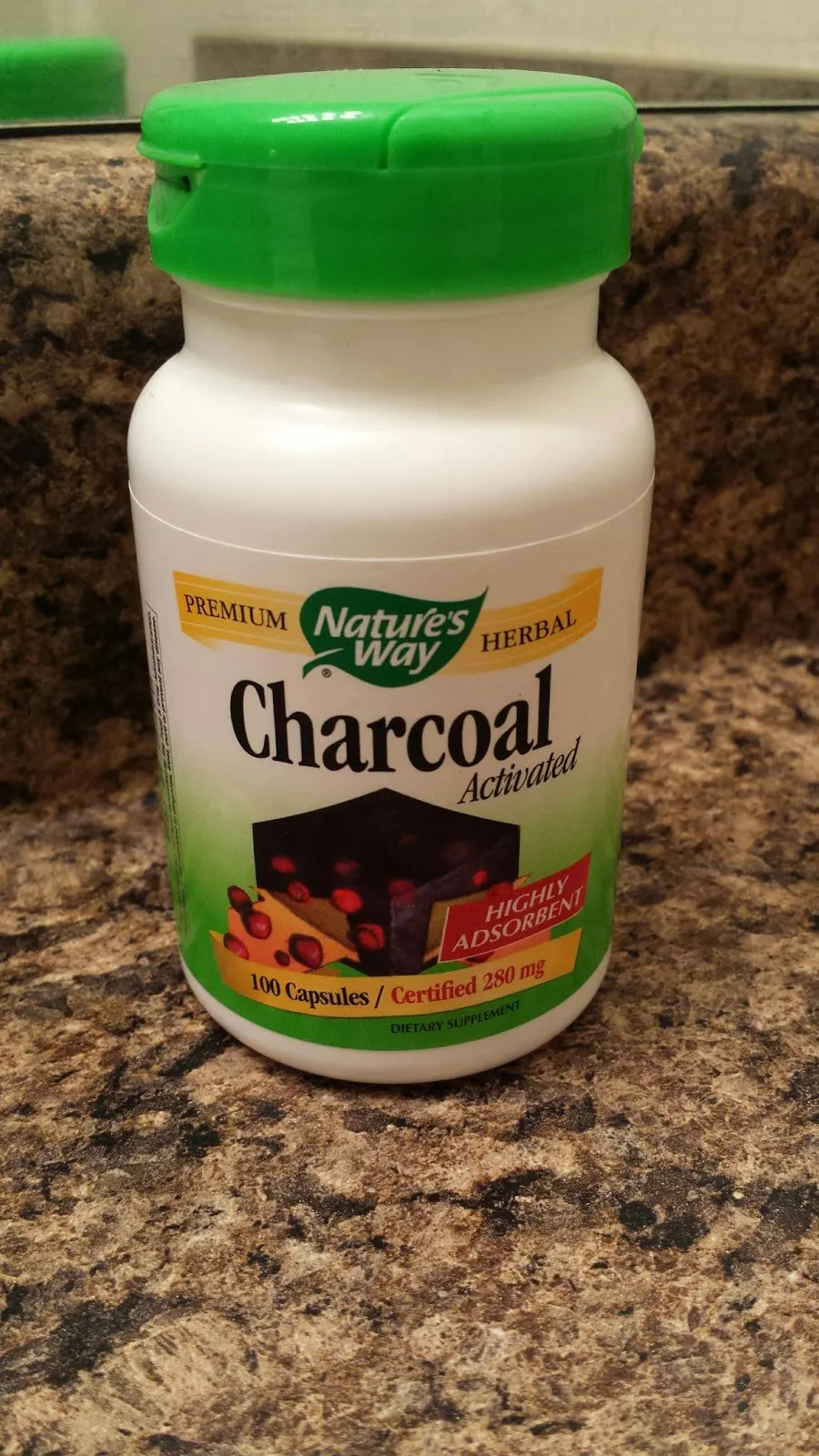
Integrating charcoal into your skincare routine is relatively straightforward, but it is important to do it in a balanced manner. Start by incorporating charcoal products gradually to see how your skin reacts. A good starting point is using a charcoal cleanser one or twice a day. Then, you can introduce a charcoal face mask once or twice a week, depending on your skin type and sensitivity. Be sure to cleanse your face before applying the mask and follow the product instructions carefully.
If you are using a charcoal scrub, use it gently one to two times per week to avoid over-exfoliation. Make sure to always follow the charcoal treatment with a moisturizer, as charcoal can be drying. Furthermore, the key to an effective skincare routine is to pair charcoal with other beneficial products. This can include a gentle cleanser, a toner, a serum with ingredients such as vitamin C, and a broad-spectrum sunscreen. The correct order of application is essential: cleanse, tone, treat with serums, moisturize, and protect with sunscreen during the day. Consistent, well-rounded care will optimize charcoal’s benefits.
